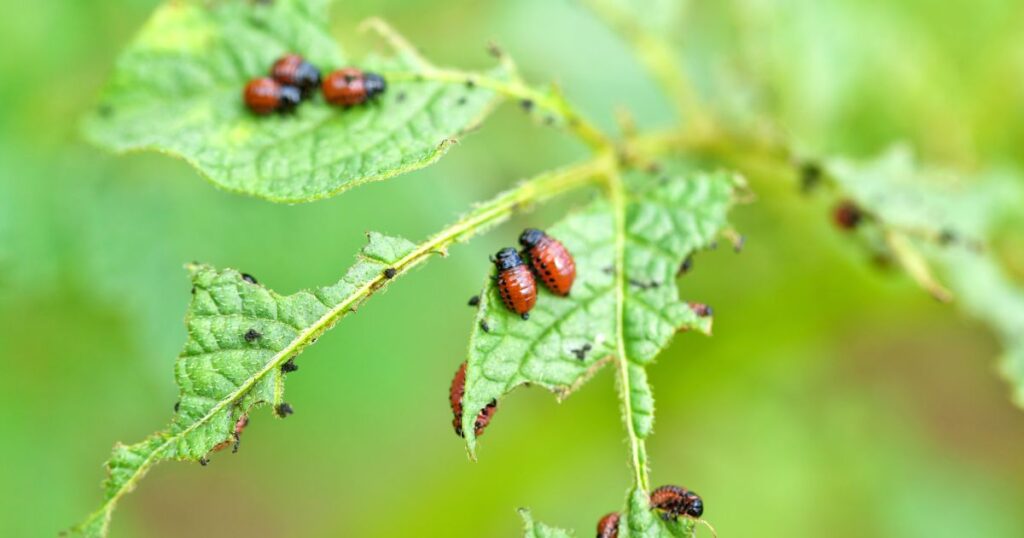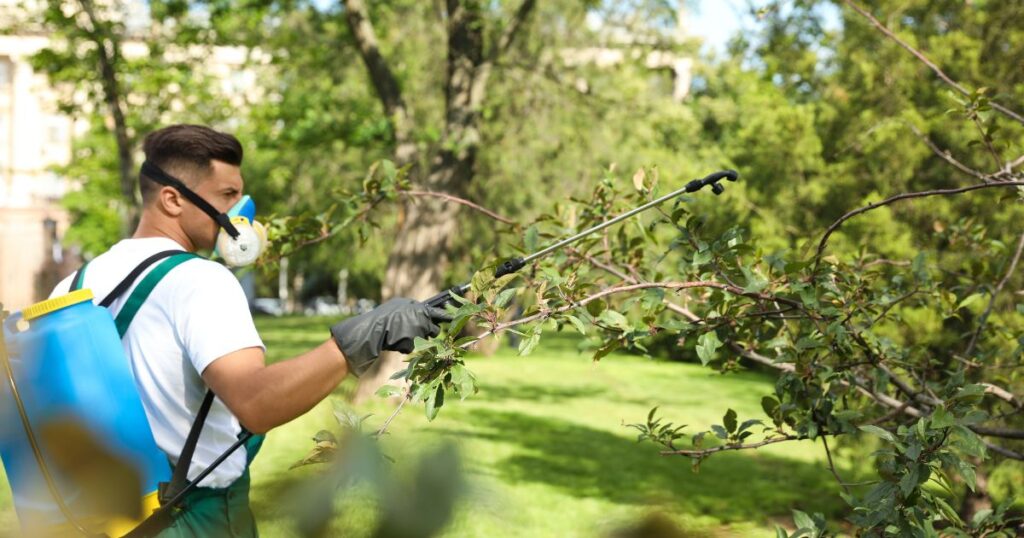Early Pest Detection for Effective Crop Protection and Management

Detecting pests early is crucial for protecting our homes, gardens, and crops before damage becomes severe. Early pest detection allows us to identify issues quickly, reducing the need for extensive treatments and minimizing potential losses. Catching pests at the first signs helps us act promptly and prevent infestations from spreading.
By paying close attention to subtle changes and signs, we improve our chances of controlling pests efficiently. Using monitoring tools and regular inspections can be an effective way to support early detection and maintain healthier environments. This proactive approach saves time, money, and effort in effectively managing pests.
Fundamentals of Early Pest Detection

Identifying pest problems quickly requires attention to specific indicators and understanding their development stages. Timely recognition can prevent extensive damage and reduce control costs. Our focus is on detecting early warning signs of pests, recognizing subtle behavioral and physical indicators, and intervening before pests cause harm.
Importance of Detecting Pests Early
Detecting pests early saves resources by reducing the need for extensive treatments. We can limit structural damage and protect crops or property value by acting promptly. Early pest detection also minimizes the use of harsh chemicals, supporting safer environments.
In areas like Plano, early detection helps avoid recurring infestations. It supports ongoing pest management programs and protects both residential and commercial sites. Without timely identification, pest populations can multiply rapidly, making control efforts more difficult.
Common Early Warning Signs
We need to look for subtle signs such as small droppings, damaged leaves, and unusual discoloration on plants. In buildings, early warning signs of pests include small holes in wood, tiny bite marks on packaging, and faint odors.
Tracking behavioral changes in animals or noticing nests and insect wings indoors can alert us to infestations. In Plano’s climate, seasonal monitoring is vital since specific pests emerge at predictable times, making awareness crucial.
| Common Signs | Description | Example Locations |
| Droppings | Small pellets or dust | Walls, cupboards |
| Leaf Damage | Holes, discoloration, curling | Gardens, lawns |
| Nest Materials | Spider webs, moth casings | Attics, basements |
| Structural Damage | Small holes, surface erosion | Woodwork, siding |
Detecting Pests Before Damage Occurs
Preventive inspections are crucial for detecting pests before they cause damage. We recommend routine checks using traps, sticky boards, and visual inspections to catch infestations at the earliest stage.
Using technologies such as pheromone traps or digital monitoring systems increases accuracy. Monitoring trends over time helps predict pest activity and alerts us to potential outbreaks before visible harm.
By combining observational skills with systematic monitoring, we optimize early pest detection. This approach reduces the likelihood of hidden infestations and provides an opportunity to control pests effectively.
Recognizing Signs of Pest Infestation

Detecting pests early saves us from costly damage and health risks. Paying attention to subtle signs in and around our property can help spot hidden pests in Plano before they become a significant problem.
Spotting Hidden Pests in Plano
In Plano, pests such as termites, cockroaches, and rodents often remain out of sight until an infestation is severe. We should inspect dark, damp areas such as basements, crawl spaces, and behind appliances regularly.
Look for tiny droppings, damaged wood, or grease marks along walls and near baseboards. Pests may also leave unusual odors or shed skins in these areas. Early detection prevents structural damage and reduces risks, making close observation essential.
Using traps and monitoring devices in these hidden spots can alert us to pest activity before visible damage occurs. Documentation of recurring signs helps us track infestations over time and decide when professional help is necessary.
Identifying Subtle Clues Indoors
Inside our homes, pests leave clues that are easy to miss. We should watch for small holes in food packaging, sticky residue, or unusual sounds, such as scratching inside walls or ceilings.
Pet owners might notice increased scratching or restlessness in animals sensitive to fleas or ticks. Cracks around windows, doors, and pipes can also be access points where pest entry signs, such as fine sawdust or droppings, appear.
Taking quick action on these subtle clues allows us to detect pests before the damage worsens. Regular indoor inspections prevent infestations from spreading unnoticed, especially in kitchens and storage areas.
Assessing Outdoor Infestation Risks
Outside, areas near trees, mulch, and garden beds are common entry points for pests. We need to check for ant hills, termite mud tubes, or rat burrows close to our home’s foundation.
Standing water, clogged gutters, and dense vegetation create favorable environments for mosquitoes and rodents. Removing debris and trimming plants significantly reduces these risks.
Visual inspections, combined with preventive measures such as sealing cracks and maintaining proper drainage, help us assess outdoor infestation risks early. This reduces the chance that pests move indoors and cause damage.
Preventative Strategies and Pest Entry Points
Effective pest control begins by understanding where pests enter and how to prevent them from doing so early. By identifying common entry points and implementing targeted prevention methods, we can reduce the chance of infestations and the damage they cause.
Identifying Pest Entry Points
Pests most often enter homes through small openings such as cracks in foundations, gaps around doors and windows, and poorly sealed vents. We should inspect frequently overlooked areas, such as attic vents, utility line penetrations, and crawl spaces.
Areas where pipes or wires enter the structure are prime targets because they create gaps that can be exploited. Doors without proper weather stripping and damaged window screens also make access easy. Regularly checking these points helps us spot vulnerabilities before pests exploit them.
Pest Prevention Tips
Sealing cracks and gaps with durable materials, such as silicone caulk or metal mesh, is essential. Installing door sweeps, repairing torn screens, and using weather stripping around doors and windows creates substantial physical barriers to prevent drafts.
Reducing moisture by fixing leaks and ensuring proper drainage helps discourage pests, such as rodents and insects, that seek out water. Regularly cleaning clutter and food residue, especially in kitchens and storage areas, removes attractants that invite pests indoors.
Preventing Pest Problems Early
Consistent inspections, especially after seasonal weather changes, allow us to catch pest activity when it’s minimal. Using bait stations and traps strategically helps monitor pest presence without the need for widespread chemical use.
Early treatment of any signs, such as droppings or damage, keeps infestations manageable. Partnering with professionals for routine checks allows us to address issues before they become costly emergencies.
For reliable pest and wildlife removal, we recommend calling Critter Stop at (214) 234-2616 for a free inspection. Critter Stop consistently earns excellent reviews due to their thorough work and exceptional customer service in humane pest management.